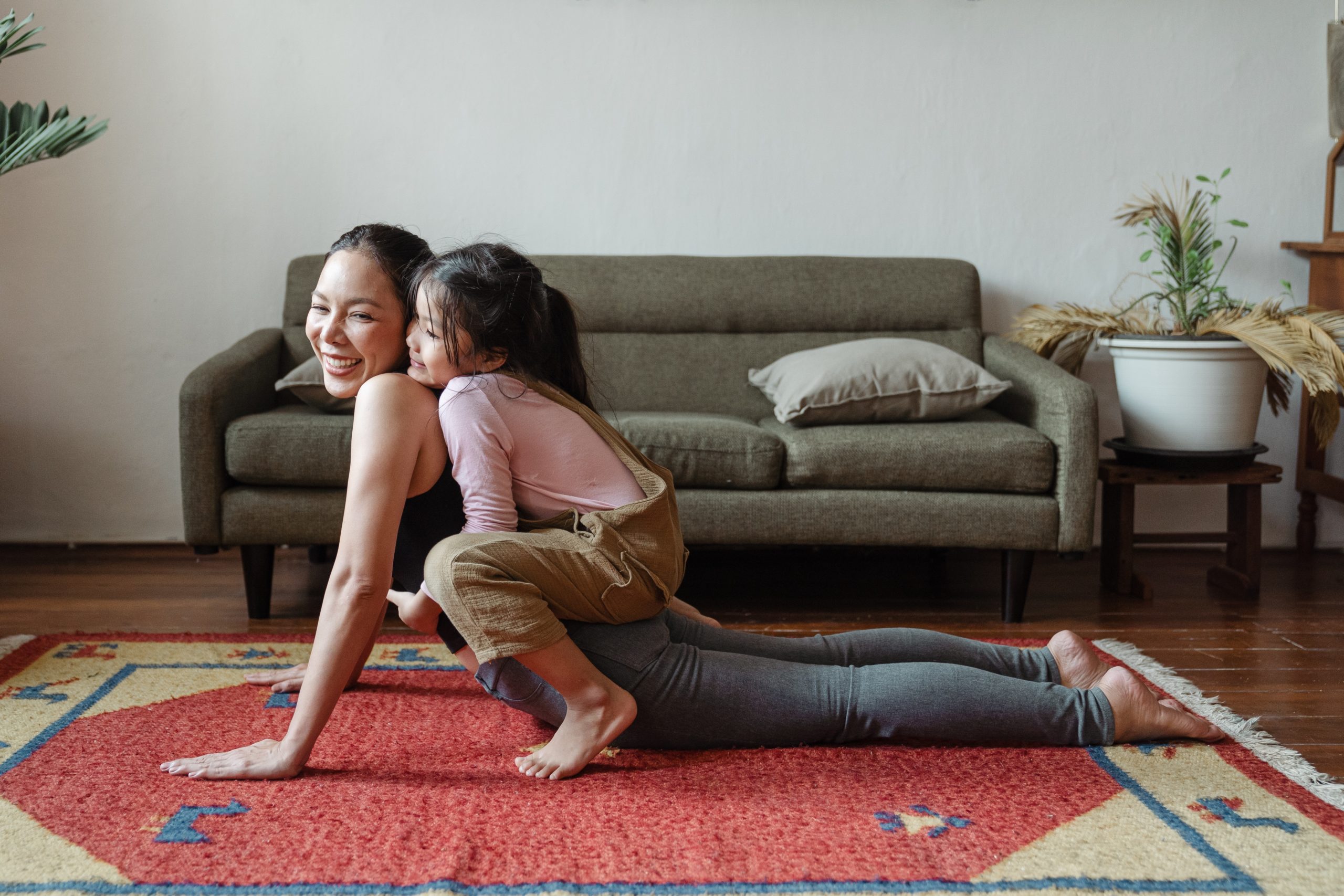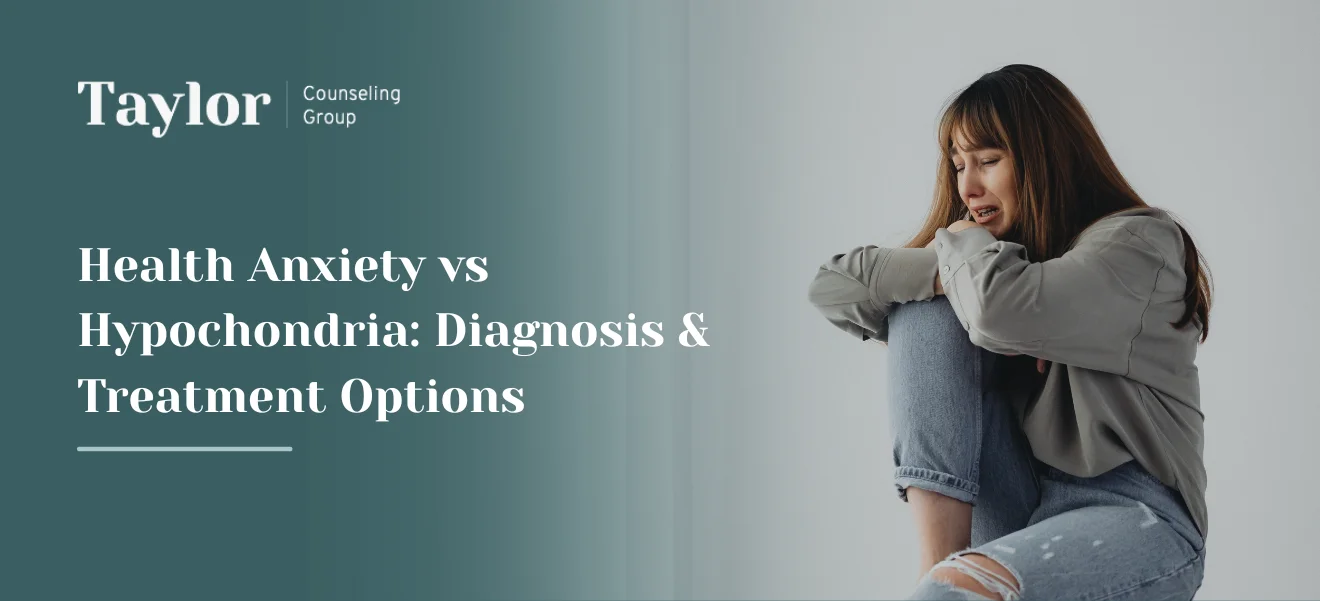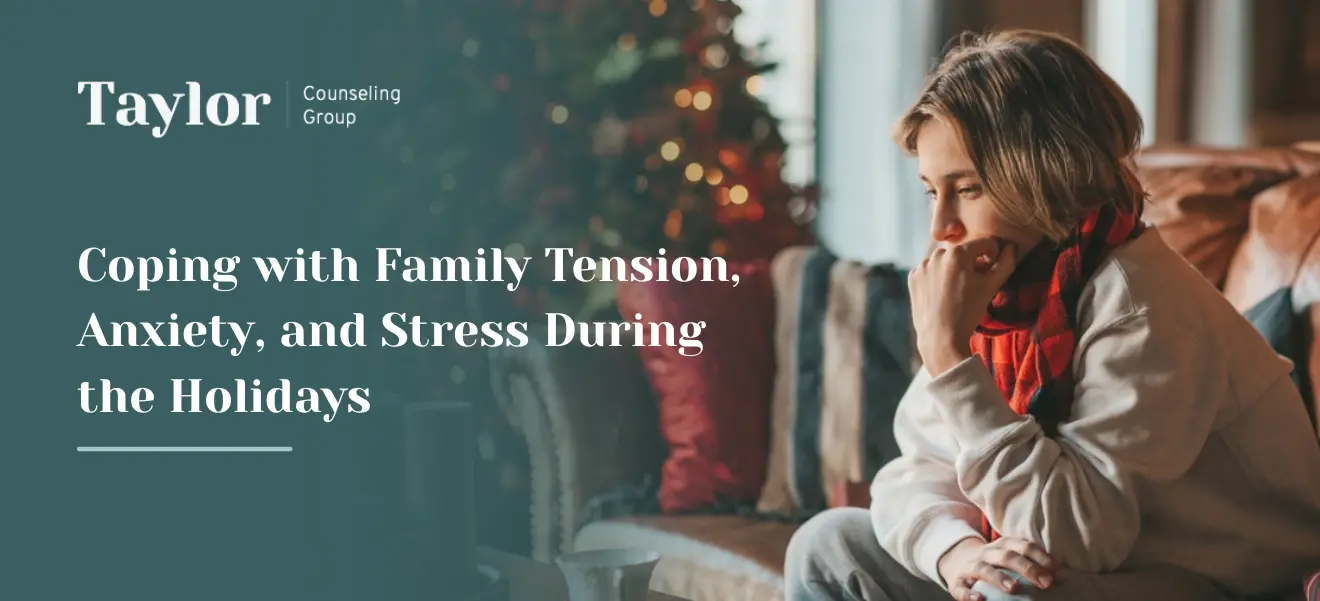Mindfulness — purposefully paying attention to particular things in the moment, without judgment — is for everyone, including children. Kids can benefit from mindfulness in similar ways to adults. This post will explore some of the benefits of the practice, how to teach mindfulness to children and some mindfulness exercises.
What Are the Benefits of Mindfulness for Kids?
Both children and adults are trying to keep up with an increasingly brisk-moving society. There’s so much to distract everyone from what they need to do and pay attention to every day. One benefit of mindfulness for kids is having a longer attention span. Mindfulness skills also help children’s brains, which can translate to improved mental health, resiliency and self-management of emotions.
Teaching Mindfulness to Children
Teaching mindfulness to children does not involve an in-depth course or workshop. You do not have to send your children to mindfulness classes. Mindfulness can also be taught to children as young as toddlers all the way into adolescence. Children who have mental health issues such as depression, anxiety and attention deficit hyperactivity disorder (ADHD) can benefit from mindfulness practices too.
What Are Some Mindfulness Exercises for Children?
The following exercises can be modified for age appropriateness and will help children learn mindfulness.
Noticing and Naming
We all know the saying we use with toddlers — “use your words!” — when describing their emotions. With this exercise, you can take that a step further and ask your child to notice and name how they feel, sense and think. For example, “I feel scared and shaky on the inside because I have to be in the school play.”
You can also help kids perform this self-observation by prompting them. Say, “I see you smiling. How do you feel in your body right now? What do you notice?”
As you continue to do this, your child will develop a map of their inner landscape, which can empower them to choose differently when things are uncomfortable or uncertain.
Three-Breath Hug
Your little ones may especially enjoy this. Hug your child as you both take three deep, synchronized breaths together. As you drop your shoulders and let stress go, you’ll find this to be a calming, tension-releasing exercise you can do whenever anyone is feeling upset, as a way to goodbye or just to express love and feel connected.
Walking on Thin Ice
To encourage your child to be more mindful as they move, you can pretend there’s thin ice on the floor and your child has to walk across the room slowly. You can even guide them through this process by giving them vocal cues.
Use this exercise with other games, too, such as tossing a pretend egg back and forth, telling them to ensure the egg doesn’t break.
Taylor Counseling Group Can Support You as a Parent or Caregiver
Raising a child can be a challenging job, but you don’t have to do it alone. If you need support as a parent or caregiver of a child or more insight on how to be a better parent, contact us today to schedule an appointment. We’d love to help you and your family heal and grow.






